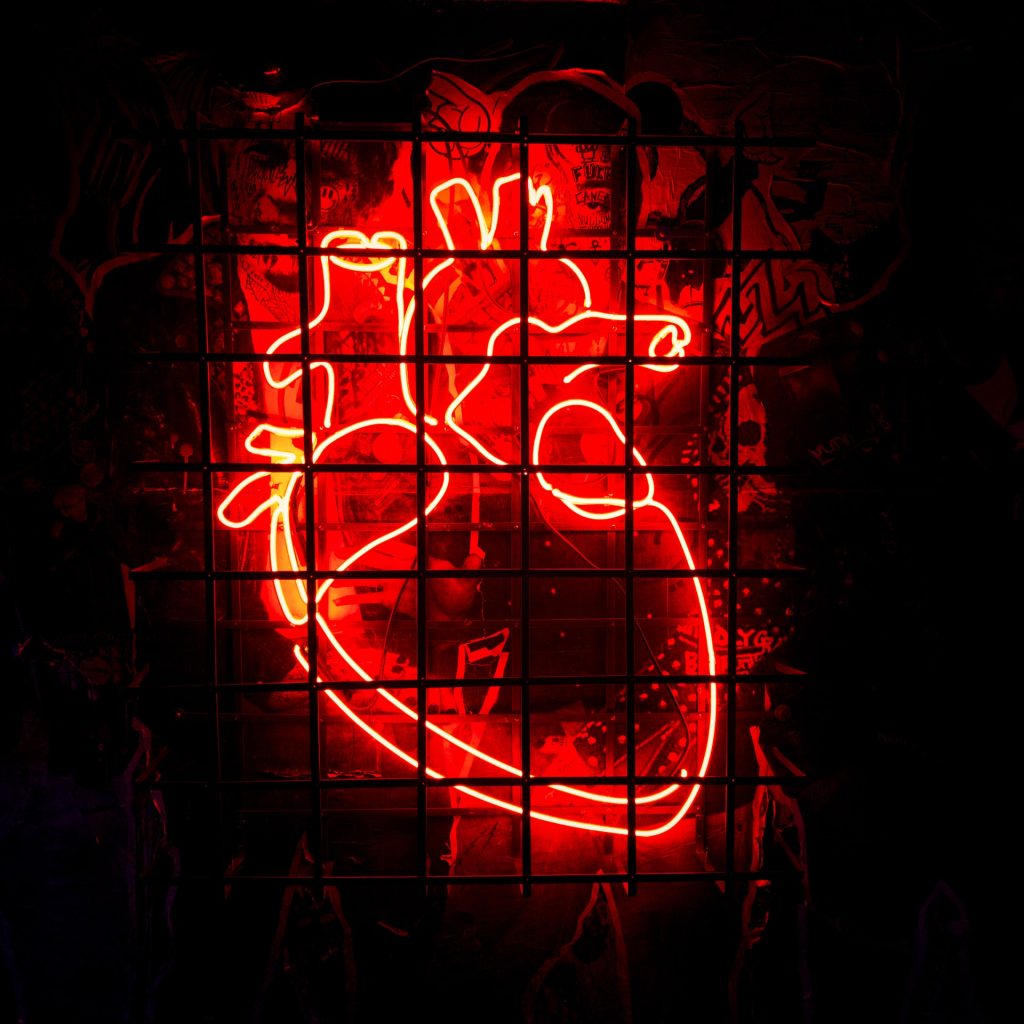Study Shows That Viral Infections Affect Immune System like Ageing
A study from the Buck Institute and Stanford University suggests that chronic viral infections leave an impact on the human immune system, similar to those seen during ageing.
Using systems immunology and artificial intelligence, researchers profiled and compared immune responses in a cohort of aging individuals, people with HIV on long-term antiretroviral therapy, and people infected with hepatitis C (HCV) before and after the virus was treated with sofosbuvir, a drug with a 97% cure rate. Shared immune system alterations include T cell memory inflation, upregulation of intracellular signaling pathways of inflammation, and diminished sensitivity to cytokines in lymphocytes and myeloid cells.
“Chronic inflammation stemming from immune system dysfunction is associated with many of the diseases of ageing,” said senior author David Furman, PhD, Buck Institute associate professor. “Whether chronic viral infection contributes to age-associated immune dysfunction is still an open question, but studies of this type provide a way to start getting answers. At this point it’s clear that both ageing and chronic viral infections leave profound and indelible marks on immunity.”
The body is normally able to clean out acute viral infections, such as the common cold. But some viruses besides just HIV and HCV can remain alive, setting up ‘host-parasite housekeeping’ in the body, without people’s awareness. Dr Furman said that, depending on geographic location, 70 to 90% of the population is infected with cytomegalovirus. In healthy people, this is harmless and problematic only for pregnant women or those with compromised immune systems. Various herpes viruses can also lead to chronic infections.
“Each of us has our own virome; it’s the collection of the viral infections you have during your lifespan,” Furman said. “You probably have been infected by 12 or 15, or even more viruses that you never knew you had. Fortunately technology now exists that allows us to profile these infections in the human population; it is helping us move these types of inquiries forward.” Dr He said this study is the first to fully incorporate the concept of systems immunology, holistically analysing the immune system with the same technological platforms across different cohorts of patients.
The study demonstrated that in patients with HIV, immune system dysregulations were evident despite having been on antiretrovirals for over ten years. However, clearing the HCV virus partially restored cellular sensitivity to interferon-a, which inhibits viral replication. “This plasticity means there is room for intervention in both chronic viral infections and in ageing,” said Dr Furman. “It’s just a matter of identifying and understanding the molecular pathways and networks involved.” The study also identified changes in STAT1, the primary transcription factor activated by interferons. STAT1 plays a major role in normal immune responses, particularly to viral, mycobacterial and fungal pathogens.
As for COVID, Dr Furman said that we are in the midst of an ongoing “living” experiment. Future studies are needed to determine whether the functional imprinting of the immune system is hardwired to only involve the chronic nature of specific infections, or whether short but vigorous ones such as COVID also leave a lasting mark on the immune system. “Has the immune system of those infected with the coronavirus taken a big hit? That’s a theory, but we don’t know what will happen,” says Furman, who is collaborating with Stanford University and the University of California, San Francisco on projects involving COVID-19 and immunity.
Source: Medical Xpress
Journal information: Cesar J. Lopez Angel et al., “Signatures of immune dysfunction in HIV and HCV infection share features with chronic inflammation in aging and persist after viral reduction or elimination,” PNAS (2021). www.pnas.org/cgi/doi/10.1073/pnas.2022928118



